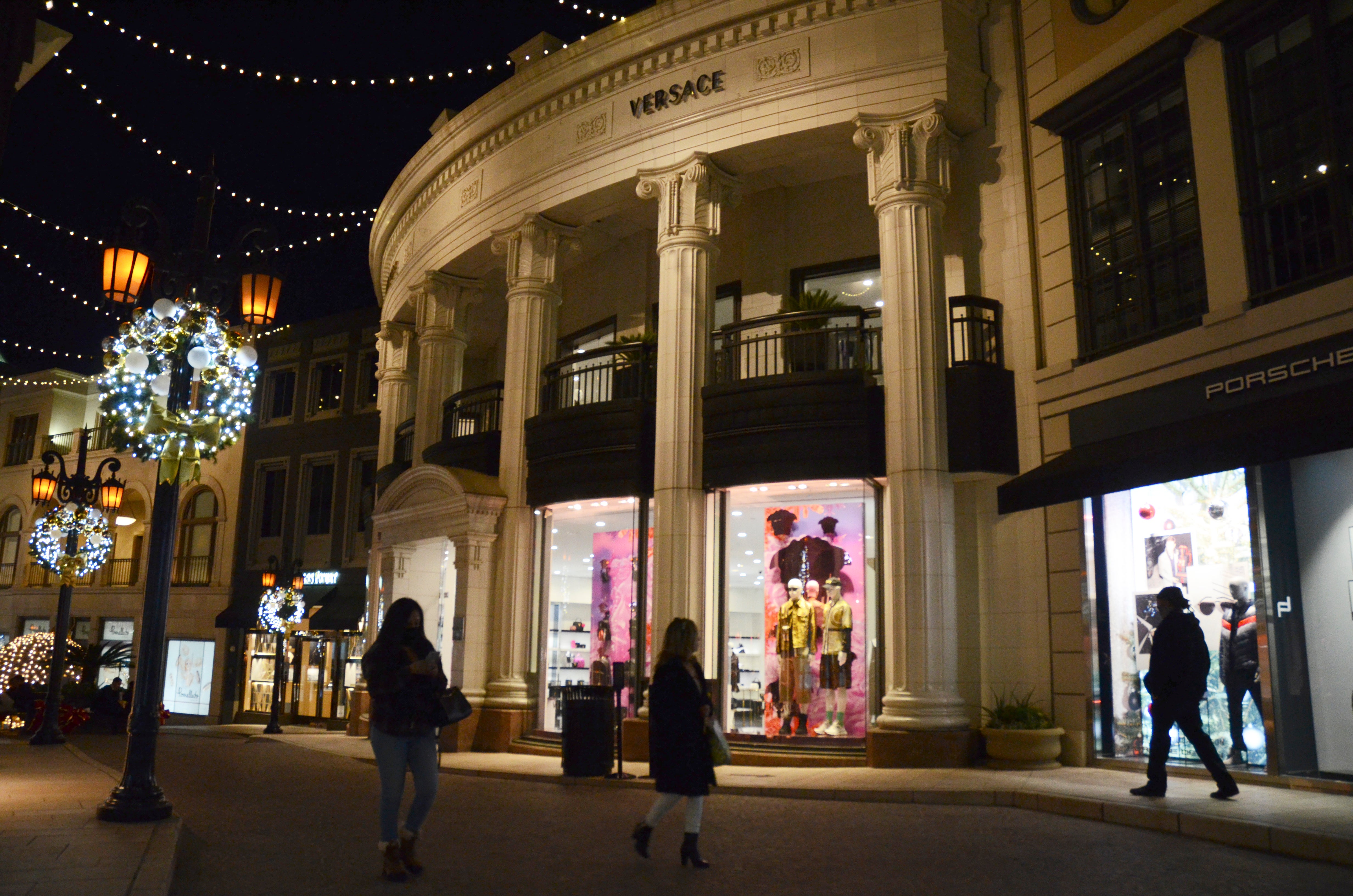California imposes new virus rules based on ICU capacity
California Gov. Gavin Newsom says he will impose a new stay-at-home order for areas where capacity at intensive care units falls below 15%

Your support helps us to tell the story
From reproductive rights to climate change to Big Tech, The Independent is on the ground when the story is developing. Whether it's investigating the financials of Elon Musk's pro-Trump PAC or producing our latest documentary, 'The A Word', which shines a light on the American women fighting for reproductive rights, we know how important it is to parse out the facts from the messaging.
At such a critical moment in US history, we need reporters on the ground. Your donation allows us to keep sending journalists to speak to both sides of the story.
The Independent is trusted by Americans across the entire political spectrum. And unlike many other quality news outlets, we choose not to lock Americans out of our reporting and analysis with paywalls. We believe quality journalism should be available to everyone, paid for by those who can afford it.
Your support makes all the difference.California Gov. Gavin Newsom says he will impose a new stay-at-home order for areas where capacity at intensive care units falls below 15%.
Newsom announced the new plans on Thursday amid an unprecedented surge of new coronavirus cases in the nation’s most populous state.
The new order divides the state into five regions. Newsom said none of the regions currently meet the threshold for the new rules.
When they do, the state will order them to close hair salons and barber shops, limit retail stores to 20% capacity and only allow restaurants to offer take-out and delivery.
The rules don’t apply to school districts.
THIS IS A BREAKING NEWS UPDATE. AP’s earlier story follows below.
SACRAMENTO, Calif. (AP) — California's quarantined governor was expected to announce new “drastic action” Thursday to combat the sudden surge in coronavirus cases, potentially issuing a new stay-at-home order for the state's nearly 40 million people amid fears that hospitals could be overwhelmed within weeks.
Newsom scheduled a news conference three days after warning he would issue new restrictions if the trends continue.
California on Wednesday reported more than 20,000 new coronavirus cases, the most ever in one day. A record 8,500 people are in hospitals, including more than 2,000 in intensive care units, leaving the state with fewer than 2,000 available intensive care beds.
Newsom — who is staying at home after three of his children were exposed to the virus — already has imposed restrictions, including a nighttime curfew in 51 of the state’s 58 counties, an area with nearly the entire state population.
Los Angeles County the nation's most populous with 10 million residents, also has imposed tighter stay-at-home restrictions and a three-week ban on in-person restaurant dining because of what county health director Barbara Ferrer called “terrifying increases in numbers.”
On Wednesday night, Los Angeles Mayor Eric Garcetti issued a city order in apocalyptic tones telling people to remain in their homes.
LA “is now close to a devastating tipping point" that could overwhelm the hospital system, “in turn risking needless suffering and death," the order said.
The order also bars gatherings of people outside of immediate households with some exceptions and requires travelers arriving from outside the state to fill out an online form. It allows retail businesses to remain open for in-person shopping subject to a county curfew already in place.
Garcetti also urged police and the city attorney to enforce the order, which carries misdemeanor penalties.
In Santa Ana, a city of more than 300,000 people in Orange County, the City Council authorized a mandatory face mask rule and called for police to enforce it.
Overall, California has reported more than 1.2 million COVID-19 cases and more than 19,300 deaths. The state reported 20,759 new cases on Wednesday, surpassing the previous high of 18,350 set just last week.
Public health officials have said the current figures don’t include the COVID-19 infections likely to arise from Thanksgiving holiday travel and gatherings that ignored social distancing precautions.
Those cases probably will start showing up in hospitals around Christmas, said Brad Pollock, associate dean for public health sciences at the University of California, Davis School of Medicine.
___
Associated Press reporters Brian Melley in Los Angeles and Amy Taxin in Orange County contributed to this story.